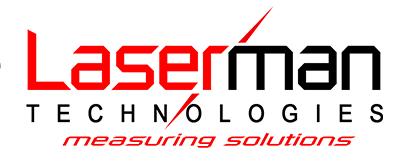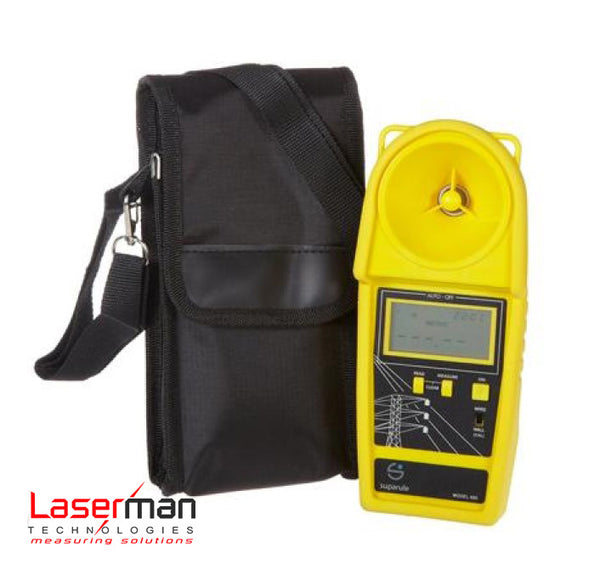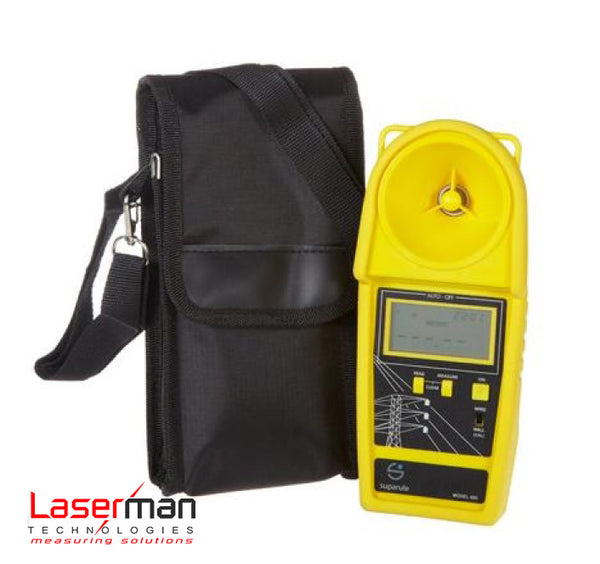Caravan Construction
Lasers in Caravan Construction
Wall and floor elements are manufactured using the “sandwich” method in a caravan construction style. Laser projectors are used for positioning mounting elements such as fixtures, braces, and electrical wiring.
To optimize your sequence of production steps, individual mounting elements can be assigned to separate graphics layers so they can be projected one after another. As a rule, 2 LP-HFD per work table are required.
Possible Applications:
- Display of marking lines for cutting and production
- Display of mounting points
Advantages:
- Time-saving
- Error reduction
- Cost reduction


The Pillars of Construction:
Modern caravans typically rely on two main construction methods:
1. Composite Sandwich Panels: This cutting-edge technique utilizes prefabricated panels consisting of an outer skin (usually aluminum or fiberglass), a lightweight insulating core (polystyrene or polyurethane foam), and an inner layer (plywood or aluminum). These panels offer several advantages:
- Superior insulation: Maintaining comfortable temperatures year-round.
- Enhanced durability: Resistant to rot, moisture, and weather damage.
- Lightweight construction: Improved fuel efficiency and towing ease.
- Design flexibility: Enabling innovative shapes and layouts.
2. Stick and Tin: This traditional method, dating back to the 1940s, involves framing the caravan with timber and cladding it with aluminum sheets. Although sturdy and familiar, it comes with certain drawbacks:
- Heavier weight: Increased fuel consumption and towing difficulty.
- Susceptibility to rot and water damage: Requires regular maintenance.
- Limited design flexibility: Constrained by straight lines and traditional layouts.
Beyond the Framework:
Beyond the core construction, several crucial elements contribute to a caravan's functionality and comfort:
- Chassis: The foundation, typically made of galvanized steel, provides structural stability and supports the caravan's weight.
- Windows and doors: Offering ventilation, natural light, and access to the outside world.
- Roofing and insulation: Essential for regulating temperature and protecting against the elements.
- Plumbing and electrical systems: Enabling essential utilities like water, lighting, and appliances.
- Furniture and fittings: Creating a comfortable and functional living space.
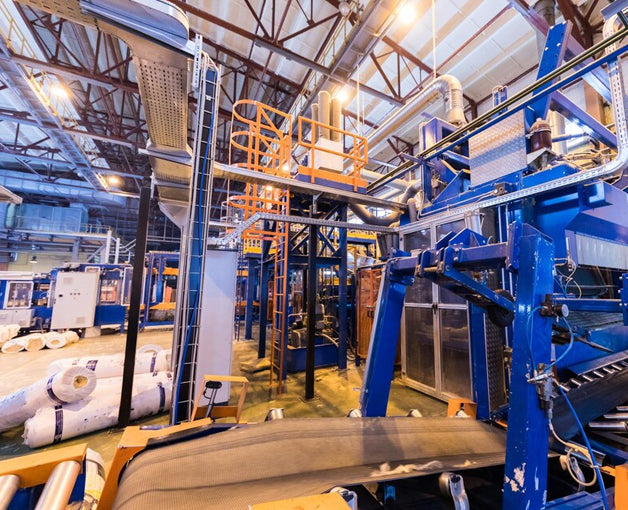
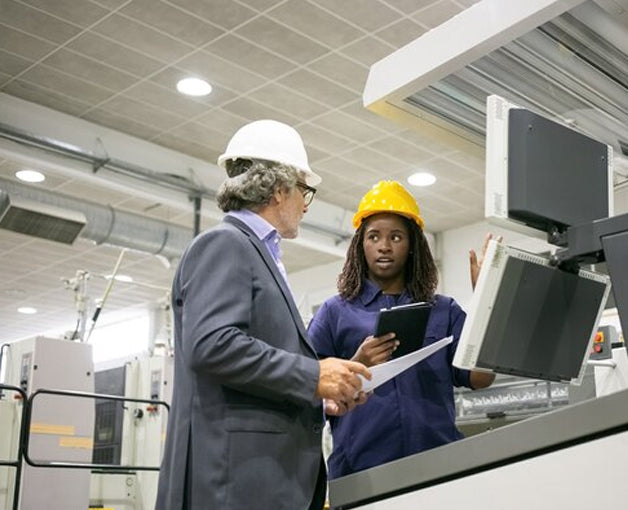
The Future of Caravan Construction:
Innovation continues to shape the caravan industry, with exciting developments on the horizon:
- Monocoque construction: Single-piece fiberglass shells offer exceptional strength and weight reduction.
- Sustainable materials: Eco-friendly alternatives to certain conventional materials are gaining traction.
- Smart technology: Integrated systems for climate control, lighting, and entertainment are becoming increasingly common.
From blueprint to open road:
Understanding the meticulous construction process behind caravans allows you to appreciate their inherent strength, comfort, and adaptability. So, the next time you embark on a caravan adventure, remember the intricate craftsmanship that goes into making your home on wheels a reliable and cherished companion.

